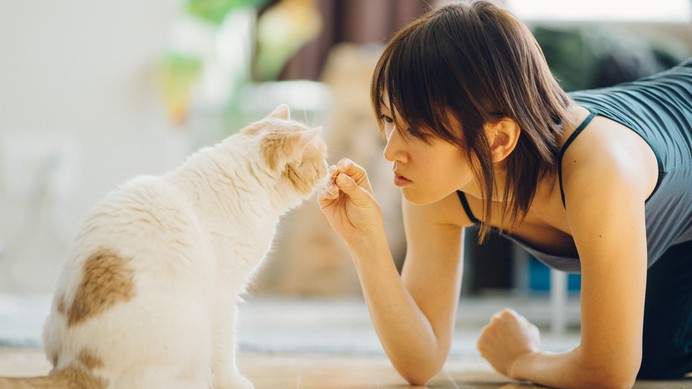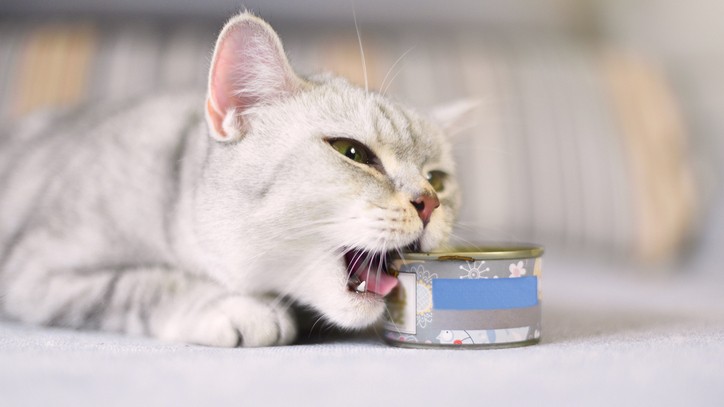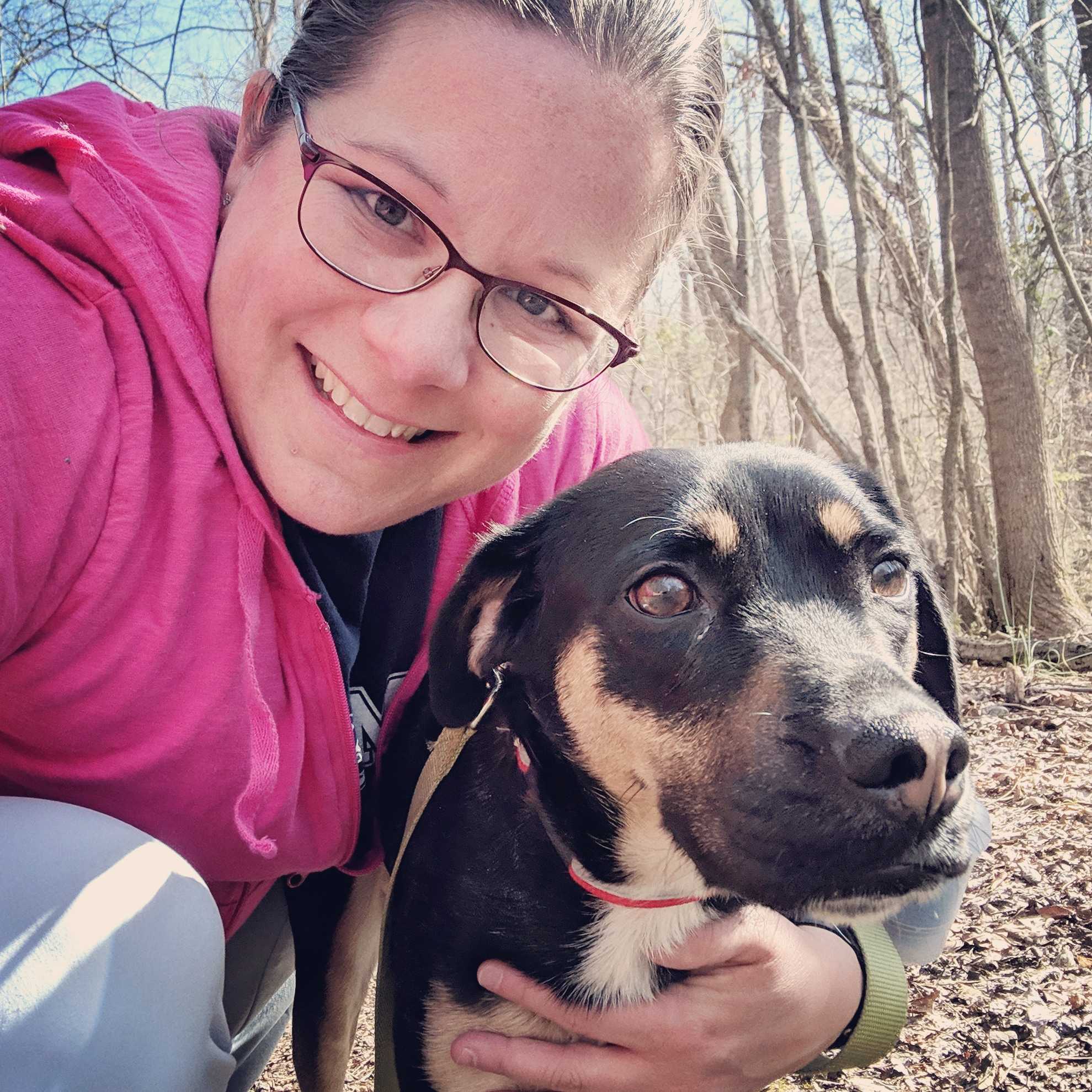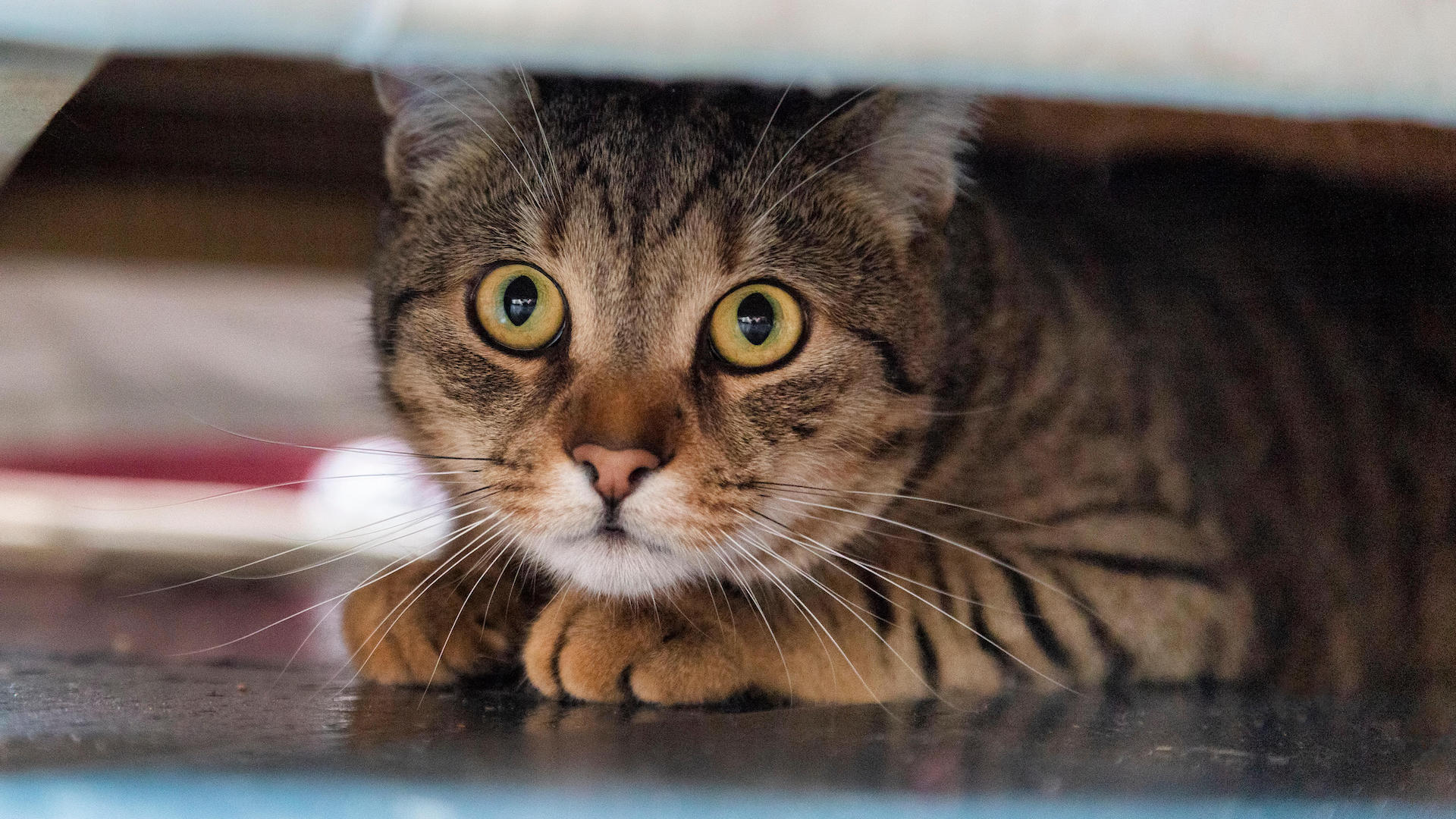A vet’s top five tips for feeding a cat properly
When looking for suggestions on feeding a cat, it’s easy to find yourself on information overload. Read on for 5 simple tips.

If you have ever tried to find any guidelines for feeding a cat, you may have noticed that there is a lot of information online! Whether it’s the best dry cat foods, the best wet cat food, or tips to improve your cat’s diet, everyone has their own strong opinions and will try to steer you towards a specific diet.
Distinguishing fact from fiction can present a significant challenge when making decisions about feline nutrition, because many sources have their own unique biases.
Top tips for feeding a cat correctly
1. Evaluate pet food label claims carefully, and with a dose of skepticism
Most of the information on a pet food label is marketing jargon, not helpful, fact-based claims. Terms like 'holistic' and 'organic' offer little value in assessing how nutritionally appropriate a diet may be for your cat, so take these advertising buzzwords with a grain of salt.
Evaluating a diet requires you to turn the bag over and examine the Nutritional Adequacy Statement. This information is usually found in tiny print, on the back (or side) of the bag. The Nutritional Adequacy Statement first tells you which life stages will have their needs met by that diet. For example, a Nutritional Adequacy Statement for adult cat food food may read, “____ Cat Food provides complete and balanced nutrition for adult maintenance.” This tells you that the food is appropriate for adult cats, but it does not meet the nutritional needs of growing kittens. Be sure that the life stage listed in the Nutritional Adequacy Statement matches your cat’s life stage. Next, examine the grounds for that claim. The Nutritional Adequacy Statement will tell you whether the food has been formulated (designed) to meet established standards, or if the food’s adequacy has been demonstrated through animal feeding trials. In general, it’s best to feed a food that has been proven effective in feeding trials.
2. Consider feeding canned food (at least occasionally)
Many cat owners prefer to feed dry food, due to its low cost and convenience. For most cats, dry food is an acceptable option that will help them maintain appropriate nutrient levels and a healthy weight.
However, there are benefits to canned food, which is high in moisture and often lower in carbohydrates than dry food. Cats with chronic kidney disease, lower urinary tract disease, or diabetes are especially to benefit from canned food, and these conditions become more common as cats age. Unfortunately, cats that have been eating dry food for their entire lives may not readily allow themselves to be transitioned to a canned diet if the need arises. In order to make your life easier if your cat develops one of these age-related conditions, consider acclimating your cat to eating small amounts of canned food from the time they are young. This may make it easier to transition to canned food, if you ever need to do so.

3. Watch your cat’s weight and regulate their food portions
Obesity is common in cats, with over half of United States cats categorized as overweight or obese, according to the Association for Pet Obesity Prevention. Feline obesity is often associated with free-choice access to dry food. You can help your cat maintain a healthy weight by paying careful attention to portion size and by reading our vet's guide to healthy weight loss for cats. Check your cat food label for feeding recommendations, based on weight. These recommendations can be a useful starting point, although you may need to make subtle changes to match your cat’s individual metabolism.
If your cat is overweight, talk to your veterinarian about a weight loss program. Your veterinarian can look for underlying conditions that might be causing your cat to retain excess weight, while also giving you tips on how to help your cat lose weight safely. Rapid weight loss in cats can cause a potentially fatal condition known as hepatic lipidosis, so it’s important not to cut your cat’s calories gradually, without any sudden changes.
4. Consider feeding your cat in an active manner that simulates hunting behavior
Cats in the wild are constantly on the prowl, searching for their next meal. Contrast this to the average pet house cat, who spends much of the day laying on the couch, periodically waddling over to the food bowl to scarf down some food. It’s easy to see why our pet cats are prone to obesity, and also why they can sometimes demonstrate some problematic behaviors.
Fortunately, there are a number of feeders that are designed to deliver your cat’s meals in an interactive manner. Doc and Phoebe’s Indoor Hunting Cat Feeder, for example, is designed to allow your cat to 'hunt' for his or her food. Puzzle feeders, hunting feeders, and other variations on the standard food bowl can all encourage your cat to be more active during the course of the day, providing not just exercise, but also mental stimulation.
5. Diet changes should always be made slowly and gradually
An abrupt food change may lead to vomiting or diarrhea, especially in cats with a sensitive stomach. Also, some cats are picky eaters, and will go hungry instead of trying a new food. Cats can experience significant negative effects from going more than a few days without food, so you want to be sure your cat is eating the new food before you completely eliminate the old food.
When changing cat food, plan on making any diet changes gradually, over a period of a week. The first day of your transition, add just a small amount of the new food to a bowl of your cat’s old food. The next day, add a little bit more new food, and remove a little bit of old food. By midweek, you should be feeding a 50/50 mixture of the old and new foods, gradually increasing the quantity of new food and decreasing the quantity of old food each day. By the end of the week, your cat should be fully transitioned to the new diet.
Don’t be afraid to seek professional help
With the large number of cat food options and the endless supply of information, it’s easy to become overwhelmed. If you have questions about how to feed your cat, it’s always best to reach out to a professional. Talk to your veterinarian or a member of the veterinary team for tips on how to provide your cat with optimal nutrition.
For more answers to some of the most commonly asked diet-related questions, take a look at our guide to food aggression in cats to learn more about the causes of this behavior and how to solve it. If you're deciding between scheduled feeding vs free feeding cats, check out our helpful guide.
PetsRadar Newsletter
Get the best advice, tips and top tech for your beloved Pets
Dr. Barnette is a graduate of the University of Florida, where she received both her B.S. in Zoology and her Doctor of Veterinary Medicine (DVM). She has 15 years of clinical experience as a small animal veterinarian, treating dogs, cats, and occasional exotic patients. She now works as a freelance veterinary writer, creating educational content for veterinarians, veterinary team members, and dedicated pet owners. Dr. Barnette lives in southwest Florida with her husband and daughter (plus two cats, a dog, and a rescued dove!) and enjoys kayaking, biking, and hiking. Learn more about Dr. Barnette at www.linkedin.com/in/catherinebarnette.

